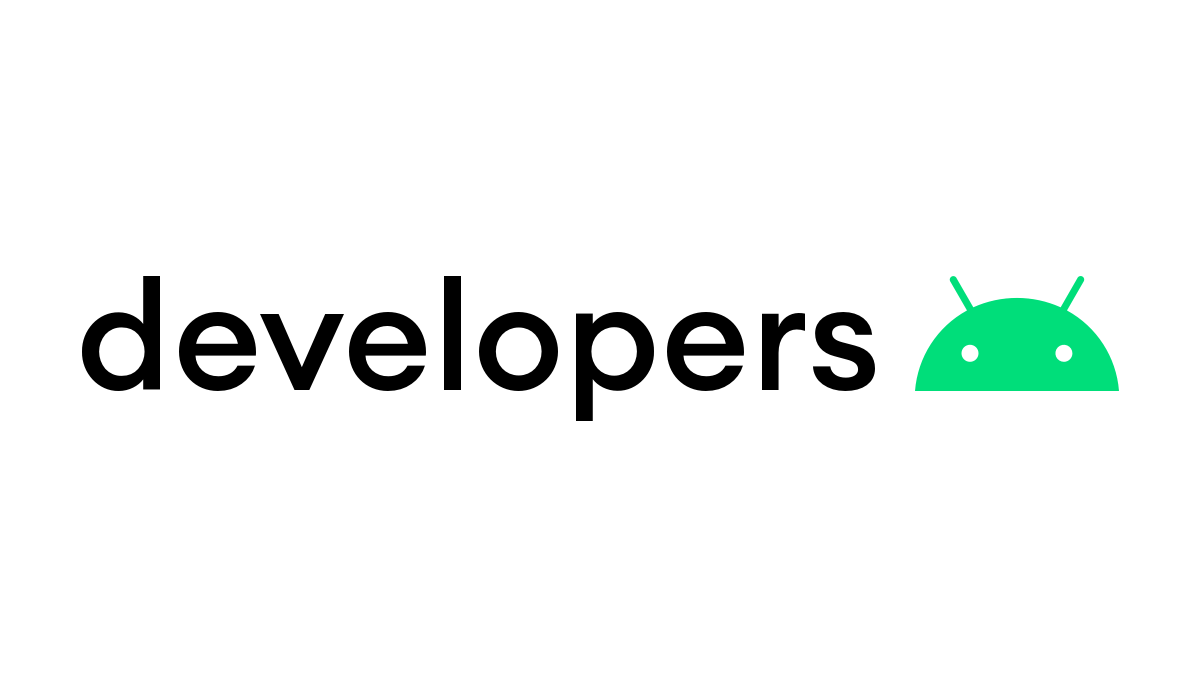When you upload an APK, it must meet Google Play’s target API level requirements.
Starting on August 31, 2023:
-
New apps must target Android 13 (API level 33) or higher; except for Wear OS apps, which must target a version between Android 11 (API level 30) and Android 13 (API level 33), inclusive.
-
App updates must target Android 13 or higher and adjust for behavioral changes in Android 13; except for Wear OS apps, which must target Android 11.
Permanently private apps—which are restricted to users in a specific organization and are intended for internal distribution only—aren’t required to meet the target API level requirements.
I have a small app on the play store. It’s finished, has a small user base and doesn’t really need updates.
But I’ll now let google delist it. The API level isn’t even the main reason, it’s the other X warnings which jumped at me when logging into developer console about new rules and guidelines I need to satisfy. I’ve had enough of the hamster wheel.
the app won’t be delisted. you just won’t be able to submit an update unless you up the targetSDK at that moment
I think the plan is to have them delisted after a while without updates iirc
One of the reason why Termux is no longer updated on the Play Store :(
Does this mean newly launched apps, new updates to existing apps, or both? As an Android 10 user this news is a little concerning
it’s for both
and it doesn’t impact you Android 10 device as it’s about the minSDK and not the targetSDK (see my other comment )
Ahh thanks for the clarification 👌
That’s insanse. I’ll make phones outdated faster and using an old phone unviable
this is about the targetSDK not the minSDK
minSDK dictates if an app will work on your old device or not. Depending on how you build you app, the minSDK can be 14 (Android 4), 19 (Android 4) or 21 (Android 5). Google Play services do not support Android versions below SDK 19
targetSDK is simply the way for the developer to say “my app works best with this SDK version and I want to use the new features”
As long as your device has an higher version than the app’s minSDK the app will work. For example, if the app’s minSDK is 26 (Android 8), the app will only run on devices with Android 8 or higher.
This also means making your app work with the new features, so e.g. you may need to implement a flow to request certain permissions that you were previously getting automatically.
Yes, exactly. That’s the point.
Oh alright 😅 thanks for clarifying
Having often run into problems where apps won’t download with current versions of android, is there a maxSDK too?
maxSDK is targetSDK (but there is no maxSDK per se, in a way to prevent an app to run on the latest android versions)
the dev just need to make sure that the app runs well on the latest version. That’s the goal of the Developer Previews each year
Maybe that’s the point.





